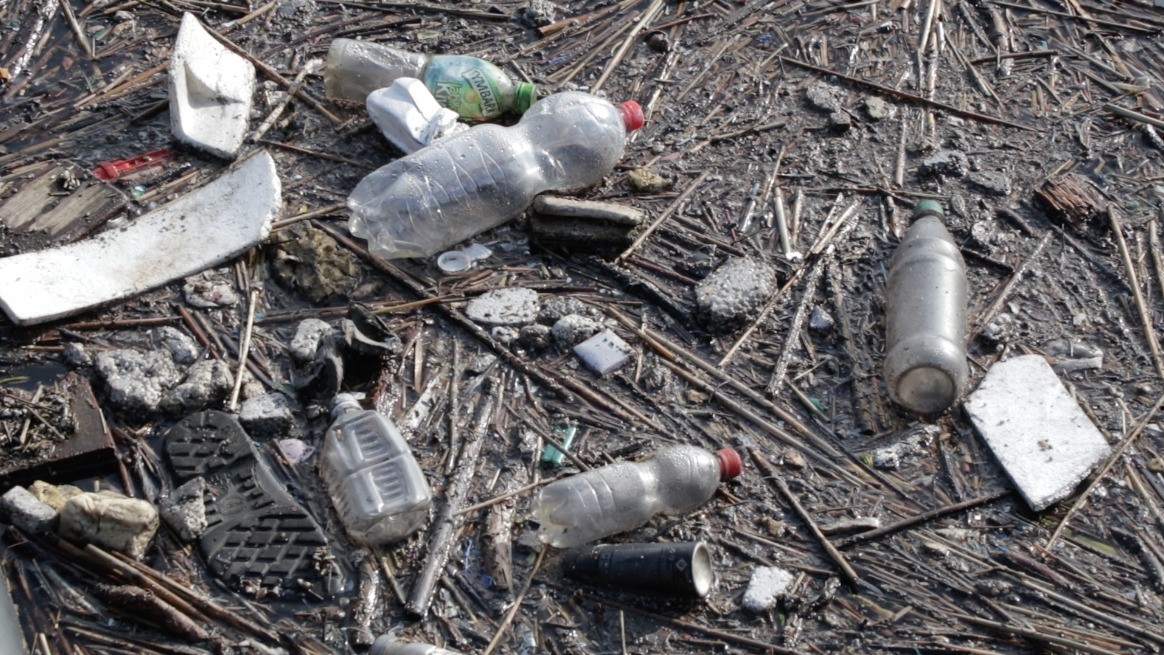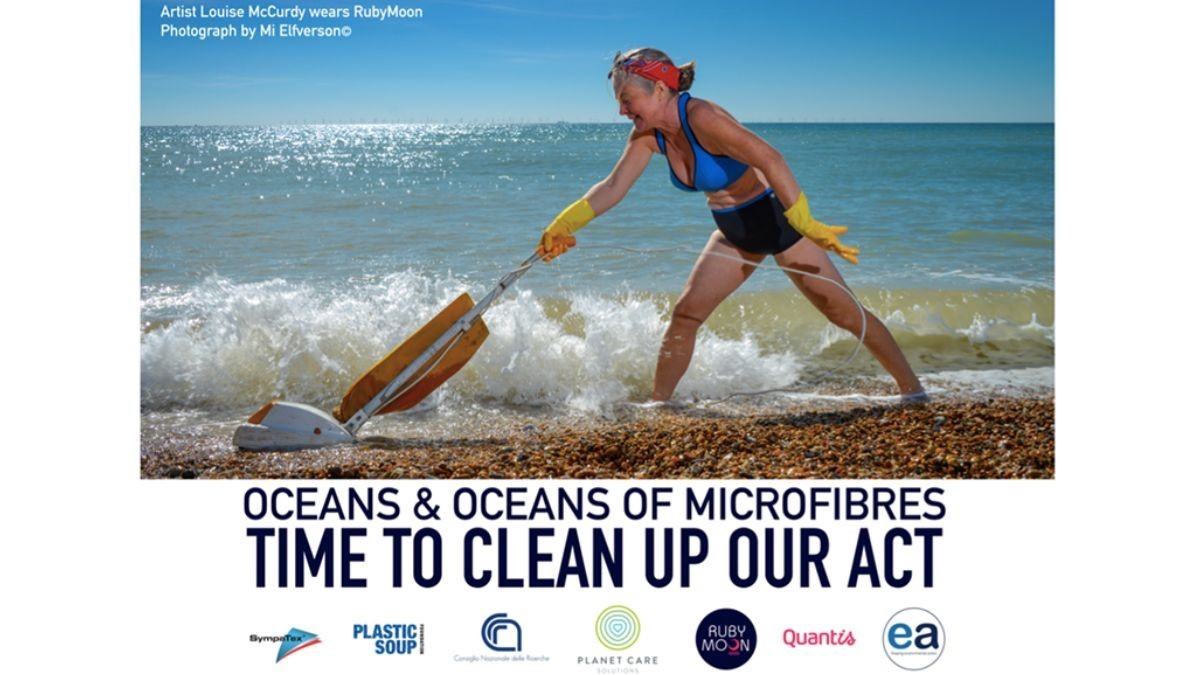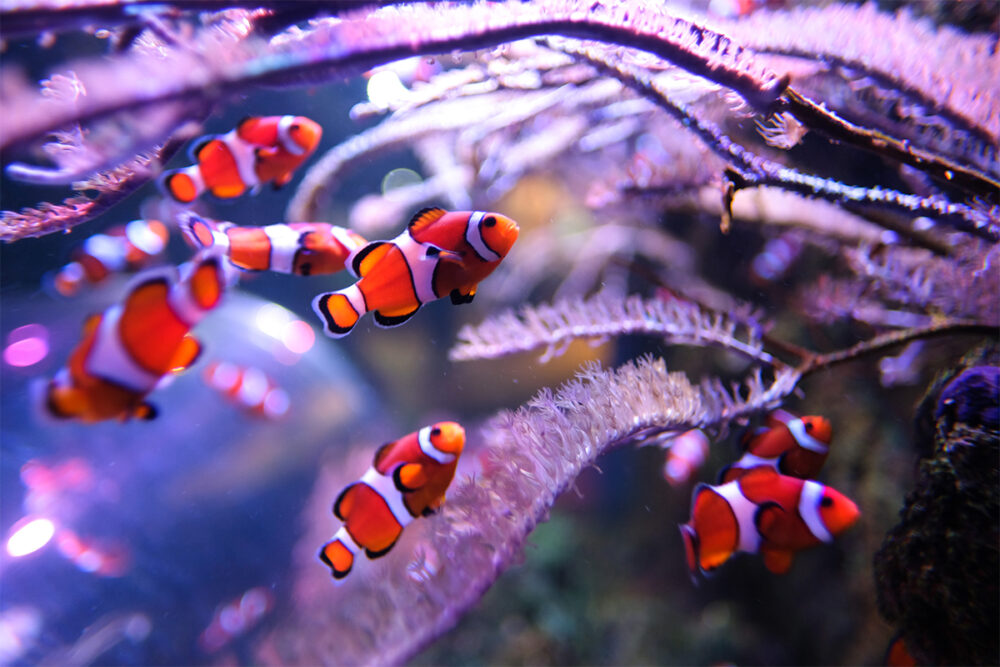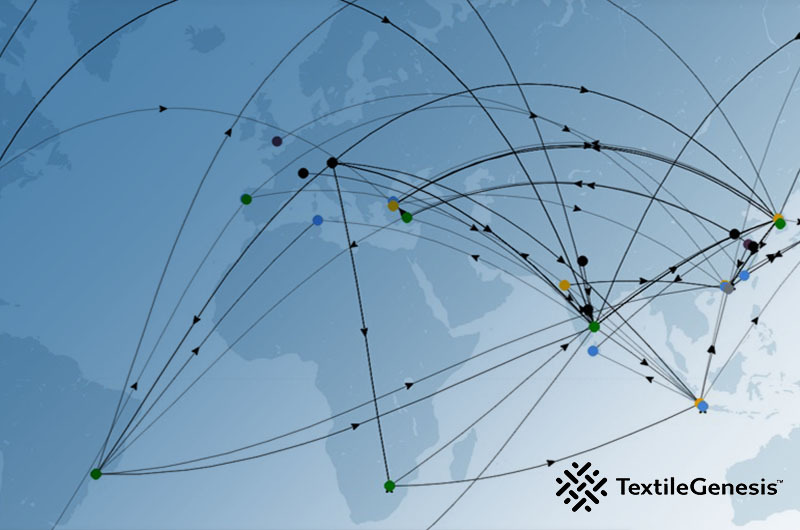How Long Do Textile Fibers Last?
Media reports of plastics in the seas and oceans are increasing. Wildlife groups are sounding the alarm about large amounts of plastics that find their way to the ocean. A casual internet search reveals gripping images of hapless fish entrapped in discarded bags and whales and other marine mammals succumbed from ingesting plastics.


According to Geyer, et al. , of the total production of polymer resins, synthetic fibers and additives from 1950 to 2015 about 60% (nearly 5 billion tons) of plastics ever produced were discarded. Of these, 600 million tons are fibers. These plastics are destined for landfills; however, some leak into the natural environment where they can cause increased levels of harm.
Eriksen, et al, estimated that more than 5.25 trillion plastic particles weighting 270,000 tons are floating in the world’s oceans. Microfibers are typically defined as being 5 millimeters or less in length. Recently, there has been an increased focus on this mostly invisible side of the plastic problem as these microplastics may cause ecosystem and health impacts by penetrating the food web and being disseminated in all corners of the planet. Additionally, the plastic particles have the potential to attract and absorb other harmful pollutants that can ultimately wind up in fish, causing bioaccumulation of toxic compounds.
Recent reports from PLOS One claim that 81% of the tap water sampled, 100% of 12 sampled U.S. beer brands and 100% of sea salt samples tested were contaminated with microplastics. Where microplastics come from is a key question. A large source is likely from the estimated 85 million metric tons of annual polyester fiber production, much of which is in apparel and home furnishings.
As fabrics are laundered, microfibers are created and emitted into waste water treatment systems. The waste water goes to municipal treatment plants where some fibers are filtered and captured in sludge. The remainder go directly into the waterways. The sludge typically is dried and applied to agricultural land where many of the fibers that were initially removed can eventually find a path to the sea.
Cotton apparel can be considered a source of cellulose microfibers when laundered. Common wisdom says that cotton and other natural fibers, like wool, will degrade naturally when released into the environment. How much and how rapidly does this occur? How does this compare with microplastic fibers? Researchers at North Carolina State College of Natural Resources set out to better understand what happens to small particles of cotton, polyester, rayon and poly/cotton. In accelerated laundry trials and environmental degradation studies, researchers found that while cotton fibers generated microfibers, unlike microplastics, cotton fibrils degrade rapidly in sea water, lake water and municipal treatment plants. The conclusion of the study is that cotton fibers are the most environmentally friendly when compared with polymer-based fibers.
As a major contributor to the microfiber problem, textile manufacturers need to make environmentally conscious decisions to minimize their impact. COTTON USATM can help. Cotton is a strong and natural fiber with more innovative uses than ever, such as cotton fleece. U.S. cotton is grown with the highest sustainability standards and biodegrades quickly. From the start of the life cycle to the finish, cotton is the better choice for the environment and your business.
This paper was developed from a presentation by Jesse Daystar delivered in November 2018 at the Outdoor Retailers Winter Market in Denver, CO. The data reported here were previously cited by Daystar. Daystar is the Corporate Sustainability Officer for Cotton Incorporated.
Citations
i. Geyer, R.; Jambeck, J. R.; Law, K. L. Production, Uses, and Fate of All Plastics Ever Made. Sci. Adv. 2017, 3 (7), 5.
ii. Eriksen, M. et al. Plastic Pollution in the World’s Oceans: More than 5 Trillion Plastic Pieces Weighing over 250,000 Tons Afloat at Sea. PLoS One 9, 1–15 (2014).
iii. Kosuth, M., Mason, S., & Wattenberg, E. (2018). Anthropogenic contamination of tap water, beer, and sea salt. PLOS One.




